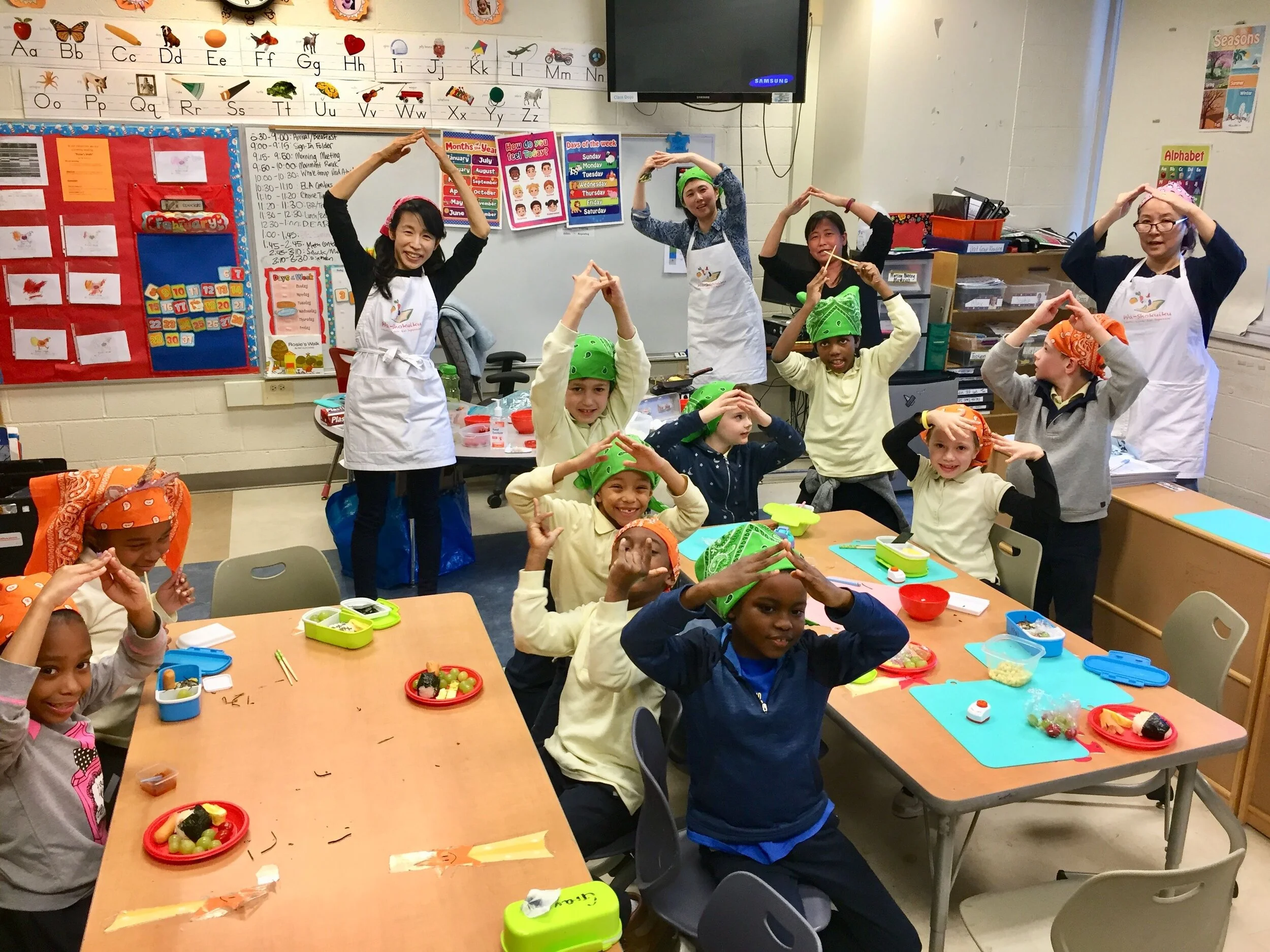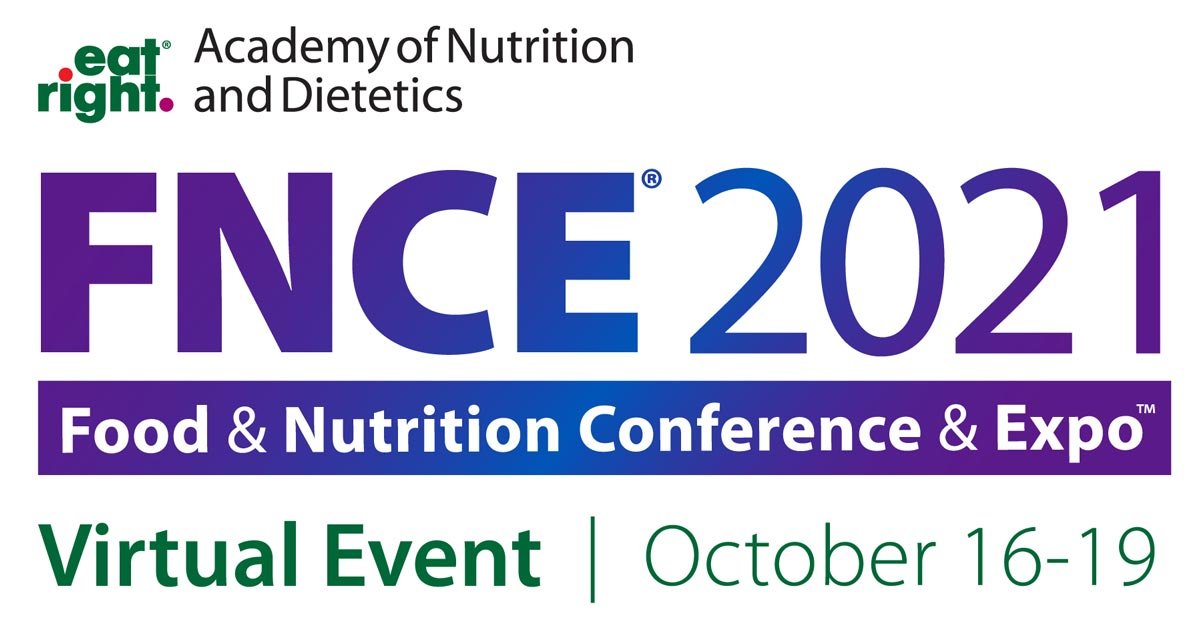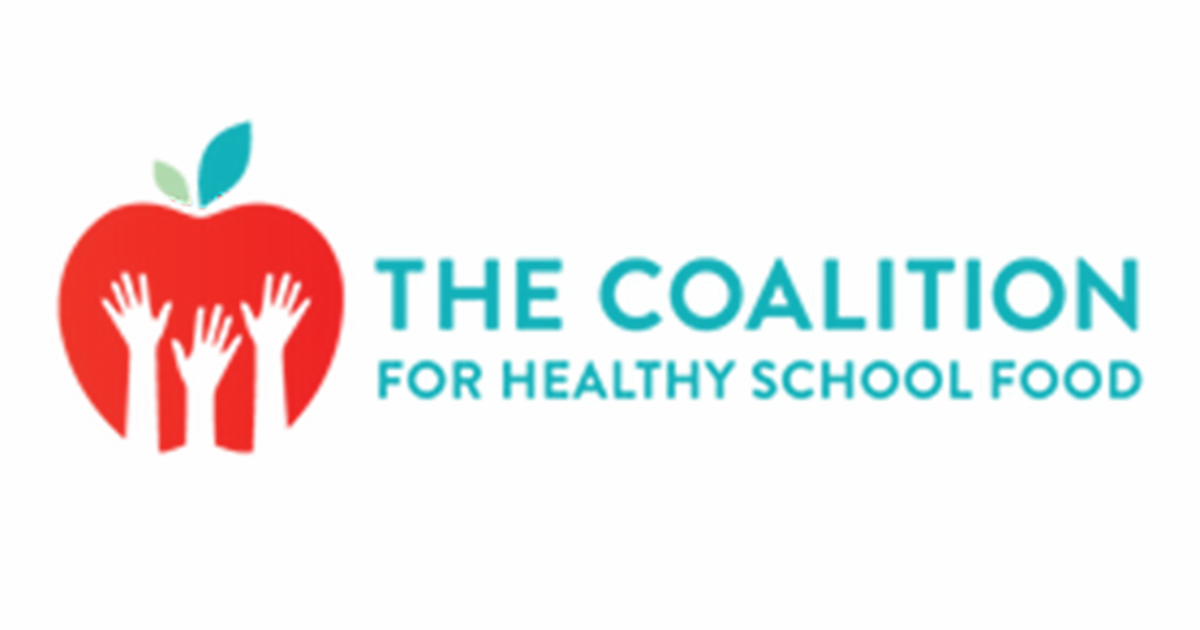“Wa-Shokuiku is a unique food education program In which American students will learn about Japanese food and food ways through hands-on activities. "
Wa-Shokuiku combines the Japanese words “Washoku(和食)” which refers to Japanese food and, “Shokuiku(食育)”, food education. Washoku, literally harmony in food, is recognized as one of the world’s healthiest diets. Shokuiku, a government-mandated school curriculum in Japan, promotes knowledge about food as well as the ability to make appropriate food choices. Food knowledge can include basic understanding of nutrients, manners, understanding and appreciating the labor and production necessary to create a meal and food environment. The Wa-Shokuiku program is inspired and informed by the educational philosophy, flavors and food of Japan.
Our goal for the wa-shokuiku program is to equip students with practical knowledge and skills regarding healthy eating, Japanese food ways, and best practices.
The objectives are to:
1. Expand students’ palates by teaching how to prepare tasty and healthy dishes using washoku preparation techniques.
2. Include discussion about manners, respect towards food and its producers and simple relevant Japanese vocabulary.
3. Introduce food related concerns, such as obesity and waste while discussing doable Japanese-inspired daily actions
Wa-Shokuiku Program AREAS OF Focus:
1. Preparing Oishii (Delicious) and Healthy Washoku
Japanese Food Knowledge
Throughout the program students will learn about a myriad of Japanese ingredients, and their nutritional value, as well as how to prepare basic recipes.
Balanced Diet
A key to the Wa-Shokuiku program is supporting the idea of a balanced diet using a variety of strategies. The use of Five Colors in a Japanese meal: red, green, yellow, black, white, through choosing an assortment of foods helps provide a variety of nutrients. Students learn the “Five Flavors” – bitter, sour, salty, sweet and savory – and in doing so, learn how tastes complement each other. Learning the “Five Senses” - smell, taste, touch, sight and sound – helps us see the complexity of what most of us just think of as “taste” and allows for a more pleasurable experience. Our class is designed to engage the students in new experiences and to make healthy and delicious washoku accessible.
Presentation
Our program will emphasize the importance of aesthetics when serving a meal, “me de taberu – ‘eat with your eyes,’ in Japanese. A visually appealing meal enables the diner to eat more slowly, appreciate the flavors, and be more mindful of the effort and labor put into creating the meal.
The “Washoku” World
Manners and Customs
Throughout our classes we offer opportunities to experience Japanese manners and customs. These include eating together with a family (Kazoku danran), learning about the proper placement of plates and chopsticks, as well as learning the basics of chopstick etiquette.
Respect and Appreciation
Japanese culture is one built upon acknowledging and recognizing the effort and diligence of individuals and the group for the success of all. In our lessons, we take care to offer structured opportunities for students to express their respect and appreciation for the food and those who produce and prepare it.
Hygiene
We deeply value and encourage proper hygiene while cooking and serving. Our class, whenever possible, builds in opportunities to foster lifelong habits.
Language
We believe that knowing a food is knowing a language! Students will have many opportunities to learn Japanese words relevant to each lesson. Many of these words will be repeated throughout the course with ample opportunity for regular review.
Making a difference the Wa-Shokuiku Way
Food-related issues in local and global communities
In Japan, students are taught about their role in the world through the lens of food and food culture. We’re bringing that teaching west. In addition to the cooking component we cover important themes of food justice, including: issues of food work, food waste, unwholesome eating and food insecurity.
Japanese-Inspired Daily actions to address food issues
It’s not enough to know about food justice issues; students will be encouraged to get involved to make the world a better place. In our classes we introduce a variety of concepts to turn into action: not being wasteful (mottainai), having appropriate portion sizes, how to use ingredients efficiently, and recycling items used in class. In the spirit of sustainability, children will receive their own reusable chopsticks and bento boxes that will be used for each class and then given to the students at the conclusion of the program. Another inspired action includes the concept, harahachibu - eat until 80% full; TABLE FOR TWO program (osusowake) - share what you have with others; Japanese school lunch (kyushoku) concept.
Wa-Shokuiku and Common Core Standards
Wa-Shokuiku (Wa-Sho) lessons are aligned with many national and state interdisciplinary standards, including Common Core and Next Generation Science Standards. This allows for seamless integration of nutrition and food eduction into content areas that students are studying in their regular classrooms. This method can improve our children’s health without sacrificing classroom time for other subjects.
Classroom teachers do not have added work as Wa-Sho integrates cultural learning, academic learning, nutrition, cooking, and eating healthful foods. Wa-Shokuiku instructors teach the classes after preliminary planning with teachers and education officers to align lessons with specific standards. Wa-Sho is additionally aligned with nutrition and health education standards recommended by the American Cancer Society, the American Diabetes Association, and the American Heart Association.
Check your state’s Common Core Standards
California / Colorado / Massachusetts / New York / Washington D.C.








